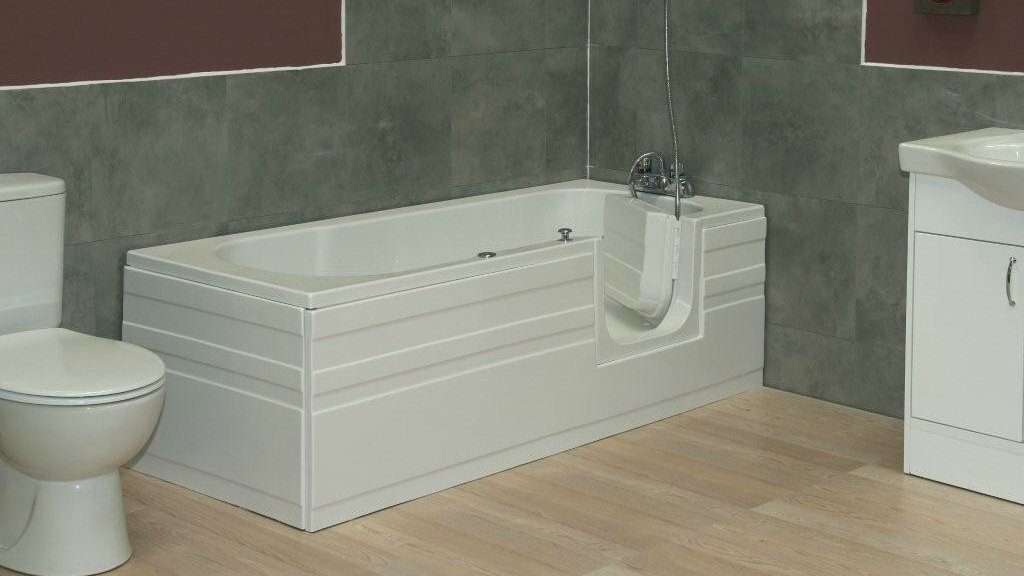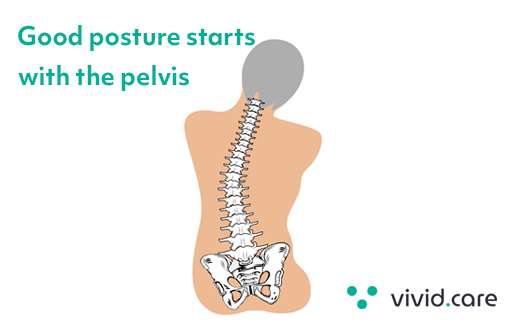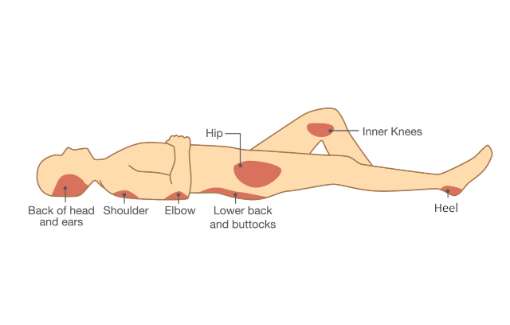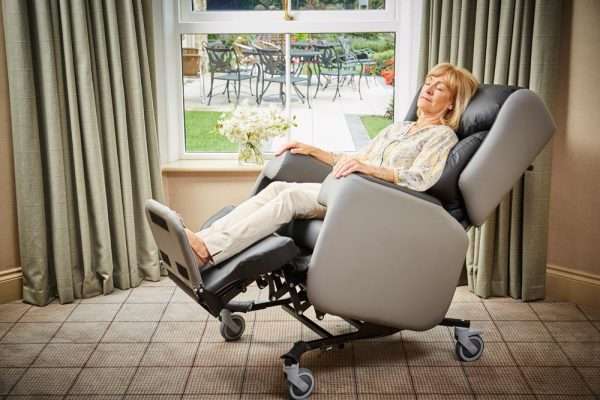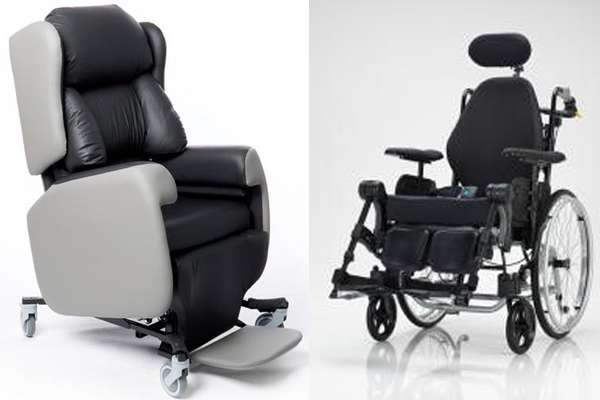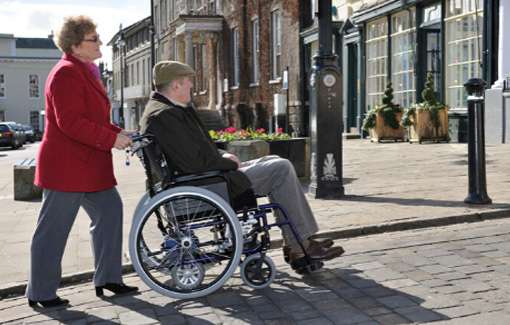Getting in and out of the bath can be one of the most challenging activities for elderly, disabled or otherwise low mobility people – which is why bath aids are key. The physical process of lowering and raising yourself can be a particularly difficult one.
It requires strength as well as balance — and a fall in the bath can be particularly dangerous. Sometimes, the bathtub may simply become inaccessible because the user can no longer get in and out of it.
Fortunately, there is a whole host of equipment designed to help with getting into and out of the tub. There’s something to help anyone with any level of ability, so we’ve put together this list to help the person, or their caregiver, understand the various levels of support on offer.
Jump straight to…
1) Bath Rails & Grab Rails
Bath rails come in many shapes and sizes and can be fitted in a few different ways. For instance, the EasyBar Suction Grab Bar has suction cups fitted at either end, meaning that it can simply stick any wall — including tiled ones!
It can easily be repositioned and taken off when not needed. Similarly, a Padded Grab Bar can be fitted to the edge of the tub with a clamp, offering long-term support when getting into and out of the bath.
Grab rails can also be installed permanently. They are usually fixed with screws to the wall at a set angle to offer constant support when washing.
These Prima Grab Rails have been specially designed to provide extra grip to wet and soapy hands, giving the user peace of mind that they won’t slip when putting weight on the bar. Those who are looking for perhaps a more sleek and sophisticated design may prefer these Stainless Steel Rails, that combine modern aesthetics with support and security.
2) Bath Steps
Like grab bars and bath rails, bath steps offer lightweight support for users who are still fairly agile. Generally speaking, bath steps tend to be lightweight and portable so that they can easily be stored away when not needed.
Bath steps come in a range of designs that will cater to various levels of agility; simply put the step down where it is needed, and use it to get over the side of the bath with ease.
Models like the Savanah Bath Step are excellent for a number of bathers. The modular design means that this step can be stacked up to give extra height, or it can be arranged to be a 2-step structure, giving a smooth ascent or descent into and out of the tub.
There are other bath step options that provide extra support if desired. This Chrome Bath Step is slightly taller and has a built-in handle for additional security and sturdiness when transferring to or from the bath.
3) Bathlifts
Designed for users with reduced upper body strength, bathlifts are another thing that can help with getting into and out of the bath. Bathlifts vary to accommodate different user strengths and needs.
The Marino is a bath lift chair designed to help low mobility & low strength users raise and lower to and from the bathtub. Using controlled inflation and deflation, this bathlift offers a comfortable, secure transferring experience.
Some people use bathing aid with bath rails or bath steps for extra support when transferring on and off. Users with more strength may perch on the cushion and hold on to the side of the bath as they swing their legs over the side.
Crafted in a lightweight design that can fit most baths, including corner baths, this option features a backrest that can be reclined by up to 40° for added comfort.
On the other hand, some bathlifts can be more rigid and structured to meet the needs of those with less upper body strength. Some of these bathing aids are structured to give more support and security when lowering and raising users from the bath.
Designed and shaped as chair, these models are ideal for people who need sufficient support when bathing. They can be designed with side flaps that fold down to allow the user to simply slide from the edge of the bath on to the seat itself.
The seat then slowly lowers into the bath. These kinds of bathlifts are secured to the tub with suction cups, meaning that they can be taken out when not needed.
Alternatively, bathlifts can be permanently fitted. This uses a belt system that stretches across the width of the bath, allowing the user to sit on the belt whilst it slowly lowers and raises to and from the tub.
Belt system bathlifts are ideal for people with good trunk strength.
4) Walk-In Baths
Walk-in baths are a great, easy way to enjoy a soak without the hassle. Equipped with a side door opening, these tubs can blend into almost any bathroom seamlessly.
There’s a slight step up into the bath itself, but it is remarkably easier than climbing into a traditional bathtub. The side door closes and is water-tight to ensure that there is no leakage, so the user can enjoy a stress-free bath.
That being said, there are some downsides to walk-in baths. They can be rather expensive, and if they’re being installed in existing bathrooms, it sometimes means that the tiles or the flooring needs taking up to accommodate this.
The user also has to get into the bath before it has filled. Since the door is on the side, the tub cannot be filled until the individual is inside the bath, and the door is locked.
This means that the person may get cold waiting for the bath to fill.
5) Bath Hoists
Bath hoists are more suited to people with limited upper and lower body strength. Like other hoisting systems, this cradles and lifts the individual in and out of the bath with ease.
The Mermaid Hoist is just one of many bath hoists available. It fixes to the side of the tub and features a seat that can detach from the hoist arm and fix to a wheeled base to become a moveable transfer chair.
For users with very little strength, the Topaz bath hoist is more appropriate. This model includes a mattress platform so that the user can be laid down when submerged in the bath.
This platform is also fully adjustable to allow the individual to be repositioned and be as comfortable as possible. A safety rail can be used with the Topaz for extra security, meaning that the user can be as safe and comfortable as possible at bath time!
Summary
And there you have it — 5 ways to get into the bath. It all depends on the user’s level of strength and agility, but there are many options to help people have an easier, more efficient transfer when bathing.
From bath rails and steps to hoists and lifts, there’s definitely something that can help anyone to enjoy a stress-free bathing experience.





